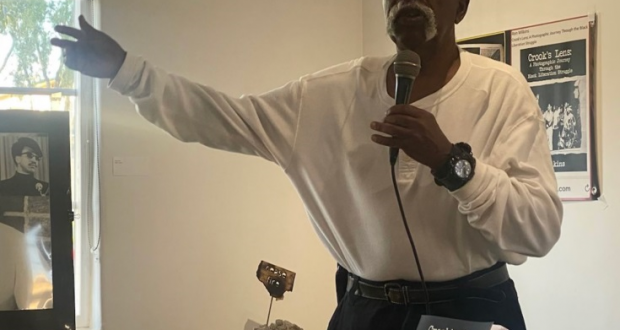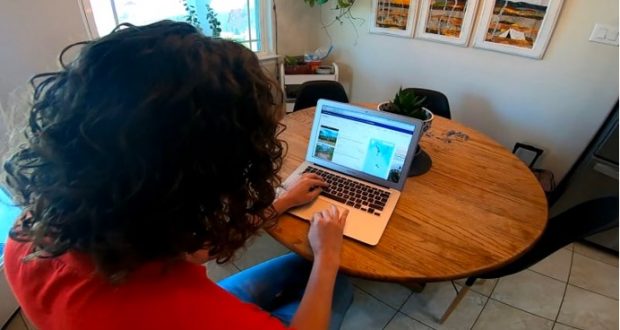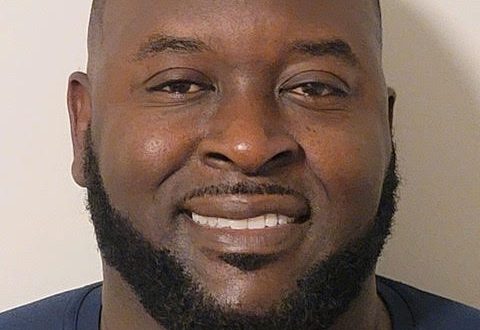Rancho Cucamonga, CA June 28, 2013 – Inland Fair Housing and Mediation Board (IFHMB), Inland Counties Legal Services (ICLS), and Fair Housing Council of Riverside County (FHCRC) are pleased to announce the Consumer Affairs Project of the Inland Counties (CAPIC) a collaboration of the three Inland Empire non-profits serving the regions of San Bernardino, Riverside, and Imperial Counties. CAPIC is the recipient of a $850,000 grant award from the Attorney General, Kamala D. Harris, through California’s National Mortgage Settlement Grant Program. The CAPIC partners will be joining their resources along with the County of San Bernardino and other collaborative agencies to help consumers with housing needs.
The Attorney General’s office has awarded $9.4 million to 21 organizations in order to assist Californians affected by the state’s foreclosure crisis as renters, homeownership seekers and/or current and past homeowners. “The foreclosure crisis has inflicted wide-ranging and deep harm to California homeowners and communities,” said Attorney General Harris. “These grants will give homeowners and families the financial and legal tools they need to recover.”
The grants will benefit many of the state’s disadvantaged home seekers and homeowners and families by providing or expanding access to free legal assistance, foreclosure intervention aid, homeowner education and financial literacy clinics, blight remediation services, fraud prevention education and employment support services.
Through the CAPIC Partnership of IFHMB, ICLS, and FHCRC and in collaboration with the County of San Bernardino, resources and have been gathered to launch the new comprehensive Personalized Approach to Housing Stability (PATHS) Program. PATHS, is a program to help achieve personalized housing stability by helping consumers identify impediments and work toward removing these barriers to obtain financial success.
For more information please call 1-800-321-0911 ext. 189 or visit www.ifhmb.com to learn more.
Consumer Affairs Project of the Inland Counties was made possible by a grant from the Office of the Attorney General of California, from the National Mortgage Fraud Settlement, to assist California consumers.
About Inland Fair Housing and Mediation Board
Inland Fair Housing and Mediation Board (IFHMB) is a private, non-profit, HUD Approved Housing Counseling Agency that has served the Inland Empire for more than 30 years. IFHMB provides counseling, receives and responds to consumer complaints, educates consumers in the areas of fair housing, mobile home, senior-related needs, first-time home purchase, and default and foreclosure, as well as provides landlord and tenant, alternative dispute resolution, and pre-litigation mediation services. The organization’s main office is located in Rancho Cucamonga, with satellite offices in San Bernardino, Barstow, Victorville, Indio, and El Centro. Services are available in both English and Spanish. For more information on IFHMB call 1-800-321-0911, email info@ifhmb.com, or visit www.ifhmb.com.
About Inland Counties Legal Services
Inland Counties Legal Services(ICLS) is a non-profit 501(c)(3) corporation founded in 1958, serving Riverside and San Bernardino Counties, providing a full range of legal services in civil cases including Housing, Landlord/Tenant, Foreclosure Prevention, Consumer Legal Issues, Public Benefits, Family Law, Domestic Violence and Human Trafficking. ICLS, pursues justice and equality for low income people through counsel, advice, advocacy and community education, treating all with dignity and respect. ICLS has branch offices in Riverside, Indio, Rancho Cucamonga, San Bernardino and Victorville and operates the Housing Law Services Center which serves both counties. Funds from the Legal Services Corporation (LSC), are sub-granted to Riverside Legal Aid, Legal Aid Society of San Bernardino and Inland Empire Latino Lawyers Association who in-turn provide pro-bono civil legal services using a network of local volunteer attorneys in their respective portions of San Bernardino and Riverside Counties. For more information call (951) 368-2583 or visit www.inlandlegal.org.
About Fair Housing Council of Riverside County, Inc.
Fair Housing Council of Riverside County, Inc. (FHCRC) formed in 1986 and incorporated in 1993 is a non-profit 501(c)(3) organization that fights to protect the fair housing rights & needs of all individuals throughout Riverside County. This HUD approved counseling Agency, works alongside federal, state, and local offices to ensure Fair Housing laws are upheld. For more than 26 years, under the strategic direction of a Board of Directors and Staff, FHCRC provides fair housing (anti-discrimination) education, outreach, identification, counseling and referrals, landlord/tenant mediation, foreclosure prevention/loss mitigation workshops, first time homebuyer education and shelter diversion counseling/services.
The Agency’s main office is located in Riverside, California with satellite offices in the cities of Moreno Valley, Palm Springs, and Corona (Thursdays only). Services are available in both English and Spanish. For more information on FHCRC call 1-800-655-1812, email: fhcrc@fairhousing.net, or visit www.fairhousing.net.
 Westside Story Newspaper – Online The News of The Empire – Sharing the Quest for Excellence
Westside Story Newspaper – Online The News of The Empire – Sharing the Quest for Excellence





